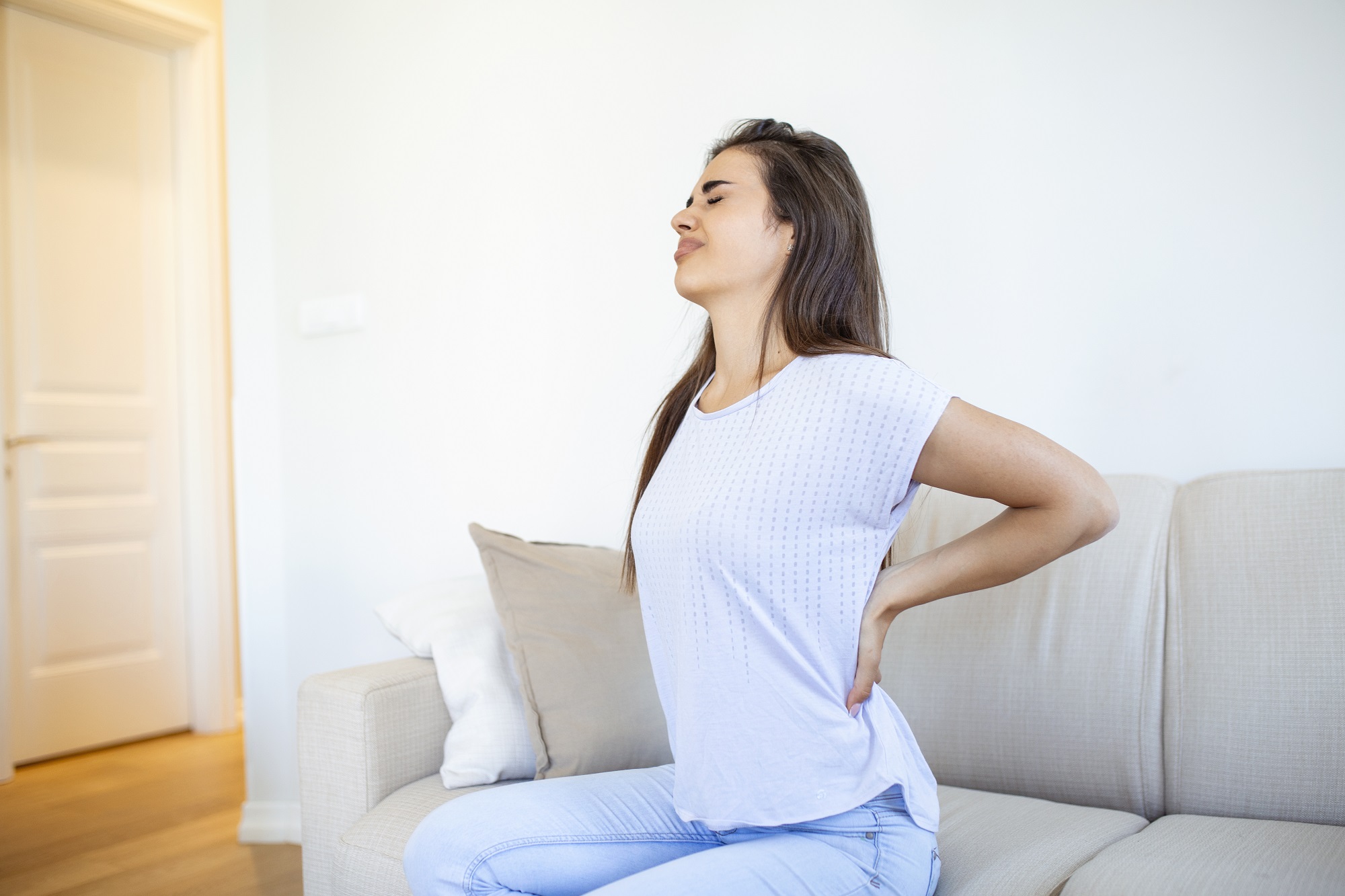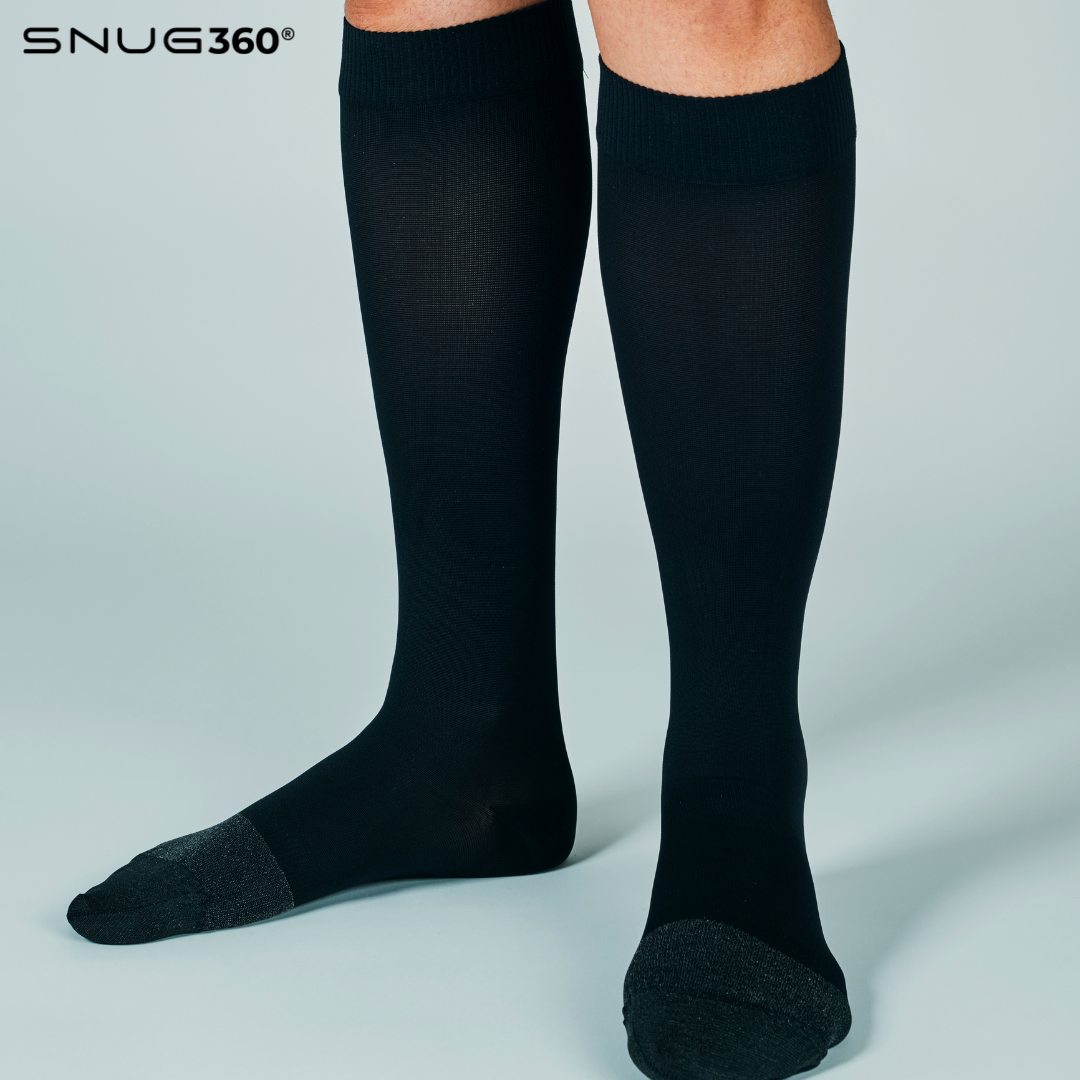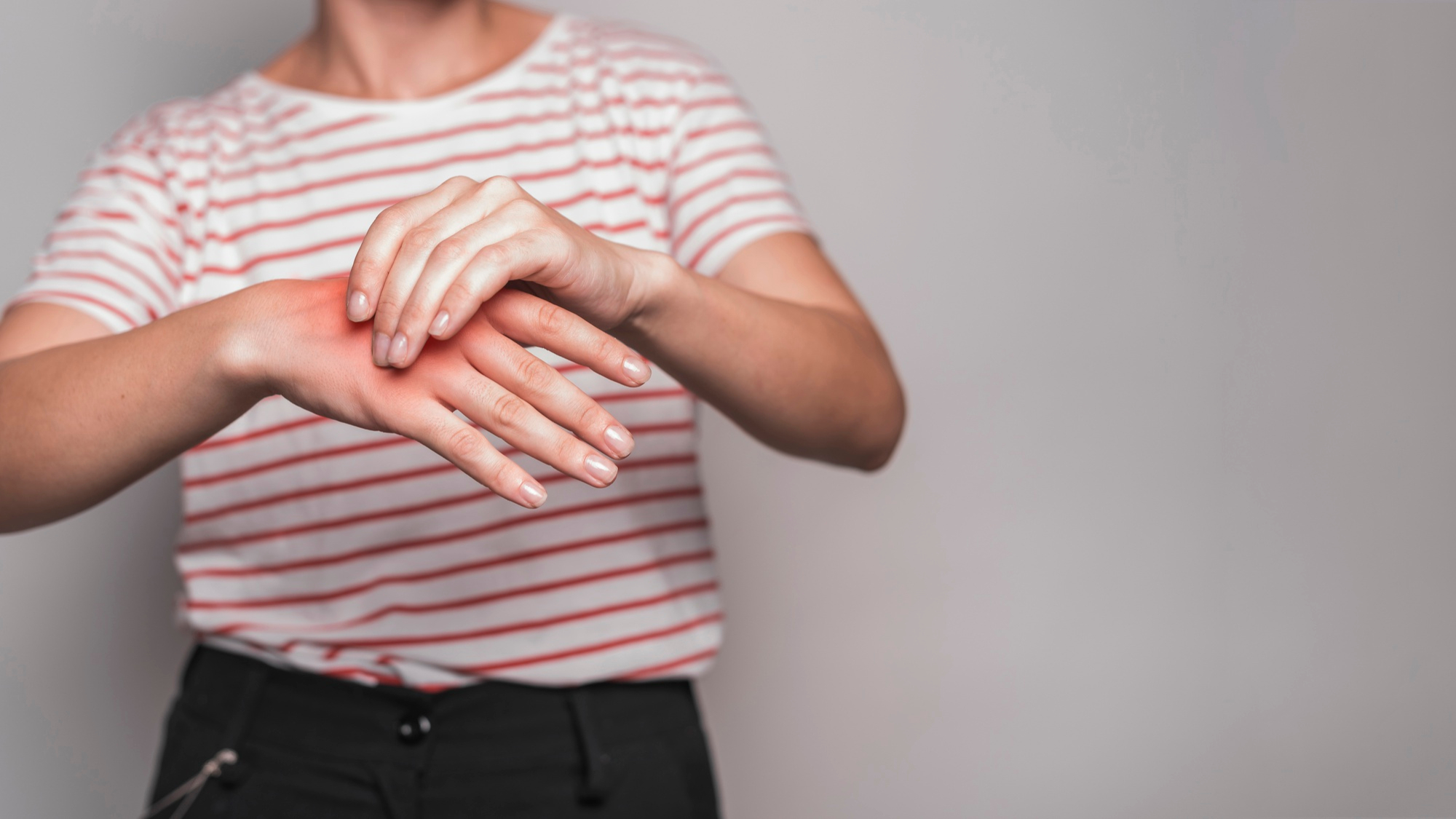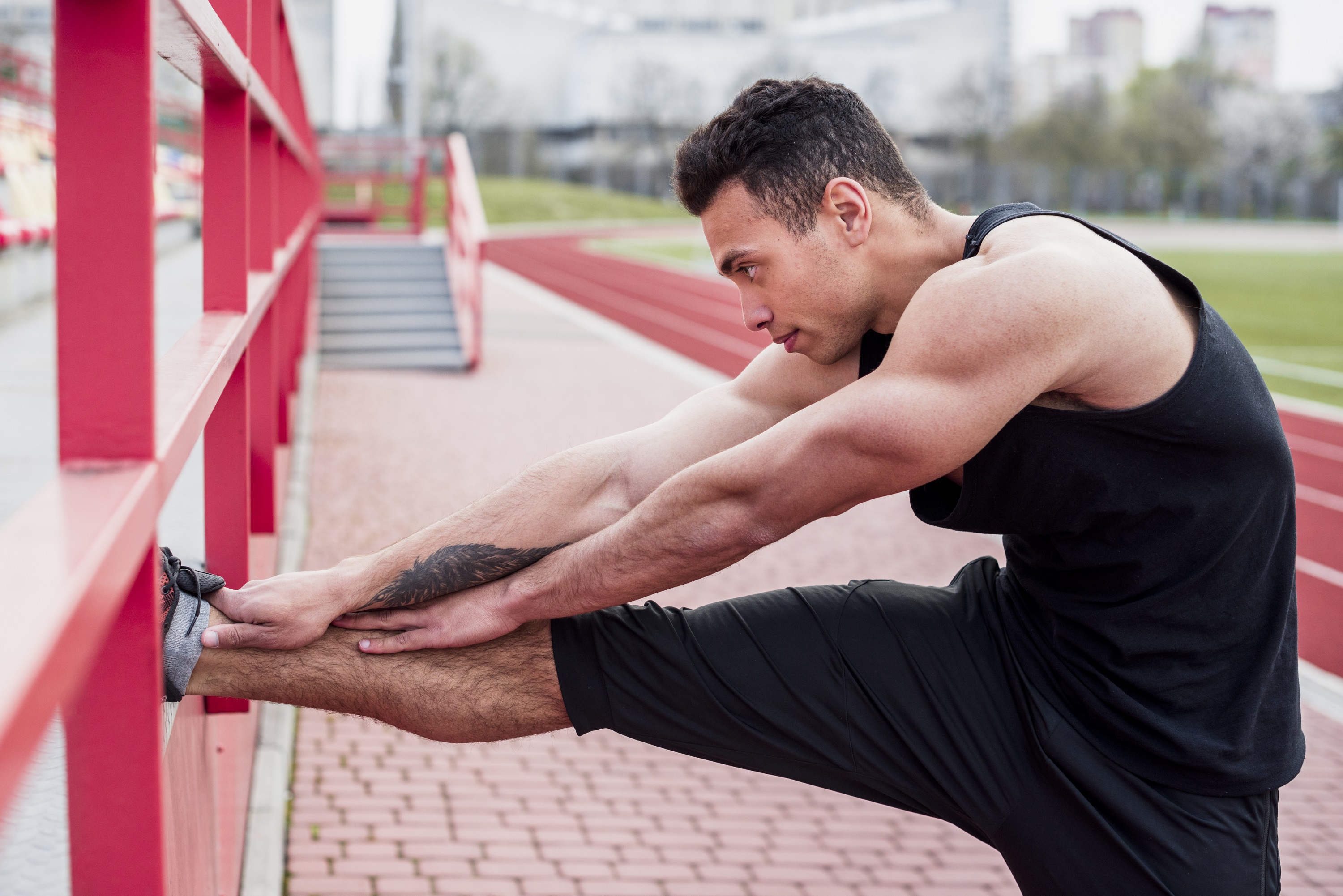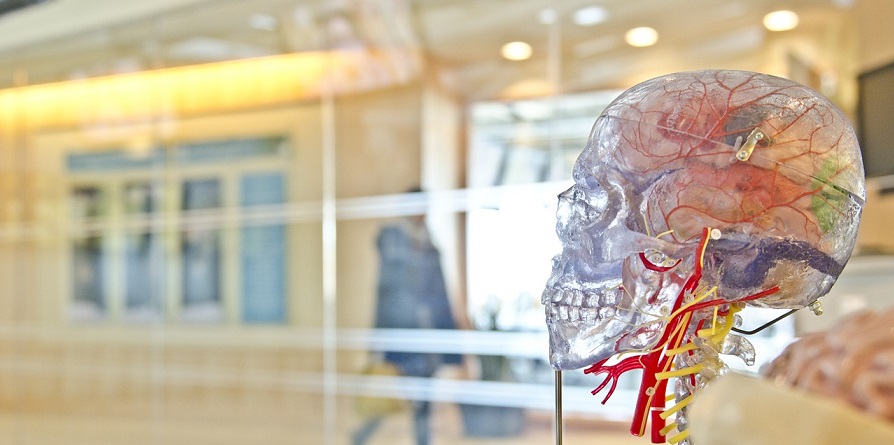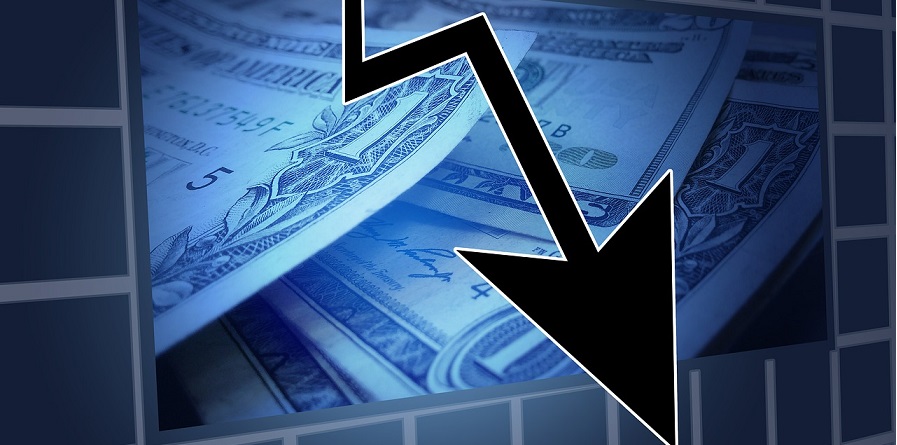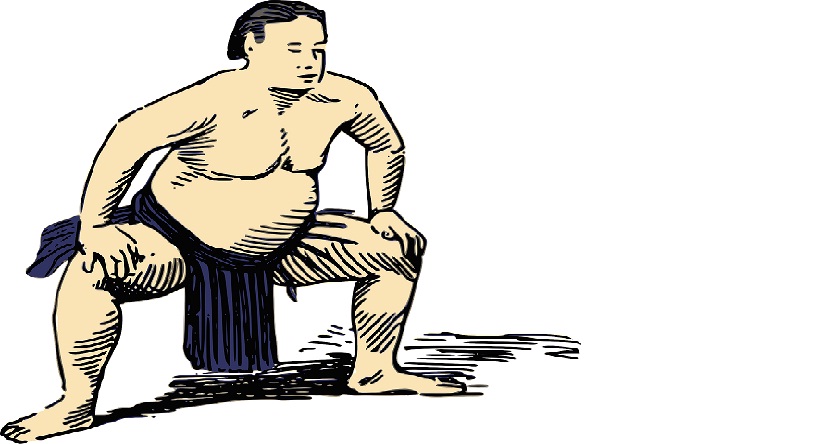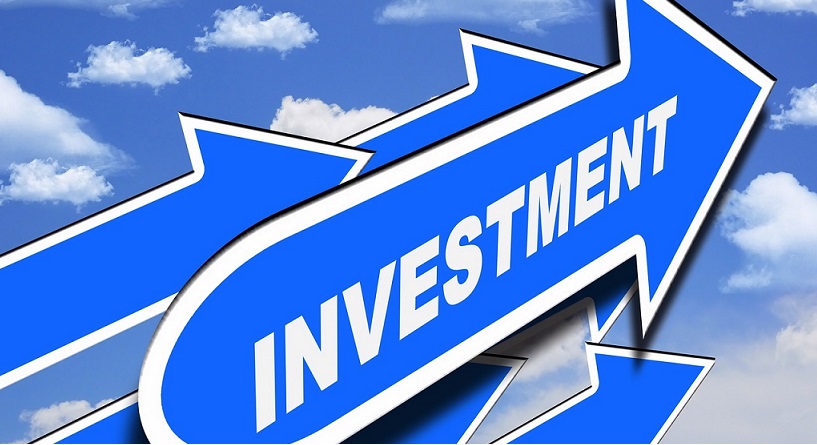The narrowing of the spinal canal areas due to age, trauma, or disease is known as spinal stenosis. Compression of the spinal cord may cause a selection of signs, together with ache and paralysis. Your potential to curl and flip is made feasible with the aid of the backbone, which stabilizes and supports your higher body.
A network of spinal nerves that extends from the brain and contains impulses for the duration of the body makes up the spinal cord. Nerves are often shielded from harm by the tissues and bone around them. Harm to or impairment of the spinal nerves might impact your capability to carry out ordinary obligations.
A narrowing of the spinal canal, which presses on the spinal twine, is called spinal stenosis. In maximum cases, this occurs steadily. It may show up at any factor alongside the spinal column. In this blog we will realize approximately the kinds, symptoms and powerful treatments.
Types of Spinal Stenosis
The cervical, lumbar, and thoracic portions of the spine are all susceptible to spinal stenosis.
Foraminal Stenosis
This is the most prevalent sort of spinal stenosis, which is likewise referred to as lateral spinal stenosis. This circumstance manifests itself when the neural foramina, which might be openings inside the backbone that the nerve roots use to journey, get clogged. Signs of stenosis may include compression of the nerve roots due to bony spurs, hypertrophy of the side joints, or bulging or ruptured discs.
Central Canal Stenosis
Osteophytes, ligamentum flavum hypertrophy, or herniated or bulging discs are the reasons for significant canal stenosis, a narrowing of the spinal canal that presses on the nerve roots. Most of the people in cases of this spinal stenosis are because of arthritis
Far Lateral Stenosis
The neural foramen is not the one of a kind website online of constriction in this type of stenosis. The development of bone spurs (endplate osteophytes), ruptured discs at the a ways facet, hypertrophy of the aspect joints, or Bertolotti's disorder are all ability causes of lateral stenosis. It's miles viable to have each foraminal and a long way lateral stenosis at the same time.
What is the Main Cause of Spinal Stenosis?
Degenerative spinal stenosis often progresses over time. Damage from osteoarthritis is the leading cause. A few more reasons are:
Disk Herniations: These cushions cushion the space between the spine's vertebrae. They dry out and break as we become older, releasing part of the soft interior substance that puts pressure on the spinal cord or nerves.
Thickened Ligaments: Ligaments that have become thicker. As they age, the ligaments that connect the spinal bones may stiffen and grow, ultimately protruding into the spinal canal.
Disc Problems: One or more vertebrae might be dislocated or fractured due to a coincidence or other trauma. The spinal canal and its contents are liable to harm due to displaced bones in a spinal fracture. Some other capacity hassle of lower back surgical operation is localized swelling, which can also compress nerves and spinal cords.
Brain Tumors: Abnormal growths inside the spinal twine, inside the membranes that surround the spinal cord or inside the space between the spinal twine and vertebrae. Such occurrences are rare.
What Are the Symptoms of Spinal Stenosis?
Spinal stenosis symptoms can have been there for a long time, undetected and unnoticeable. Back pain and sciatica may develop when the spinal cord or nerves are pinched, crushed, or irritated due to the constriction that occurs as degeneration advances.
The location and severity of your spinal stenosis determine the symptoms you may experience. Signs and symptoms in the limbs (hands, feet, arms, and legs) include:
- Having trouble keeping a stable balance whether standing or walking for extended periods of time
- Aching Coldness
- Nervous sound
- Becoming unsteady
- Complete incontinence (in extreme instances)
How is Spinal Stenosis Treated?
The symptoms you're experiencing, the location and severity of your spinal stenosis, and other factors will determine the best course of treatment.
Non-Invasive Methods
There are non-invasive methods for managing mild instances of stenosis, such as:
Physical Activity: a variety of activities may alleviate aches and pains, build muscle, and even support your spine.
Lifestyle Changes: Changes to one's manner of life, inclusive of over the counter spotting and heading off triggers consisting of sure ingredients, positions, and sports that make bigger one's signs. To lose or preserve off extra weight, dietary modifications can be necessary. enhancing fitness and health by way of addressing smoking, nutrition, and sleep
Hot Treatments: By reducing tension over the counter muscles and easing over-the-counter strain on the joints, hot cures can also alleviate pain as a result of problems like osteoarthritis. Never put too much warmness on oneself; it might cause serious burns.
Cold Treatments: If you're experiencing swelling, pain, or infection and over-the-counter heat counter remedies aren't helping, try cold remedies for dealing with these instances.
Physiotherapy: A physiotherapist permits you to locate over-the-counter right sporting events to reduce your discomfort whilst simultaneously constructing power and balance.
Steroid and Injection: Pain and inflammation may be alleviated with the use of steroid injections.
Medication for Pain: your doctor or consultant may provide over-the-counter and prescription medication choices.
Supportive Items: If you want to deal with spinal stenosis then consider using a good back brace for lumbar stenosis or consult your healthcare specialist.
Surgical Procedure
While numerous treatments have failed to alleviate severe stenosis, surgical intervention can be taken into consideration.
Laminectomy: In case you're experiencing troubles related to arthritis, your medical doctor may also advocate a laminectomy, a method that eliminates the back part of the vertebrae that covers the spinal canal.
Spinal Fusion: When one or more vertebrae fuse collectively, it strengthens, stabilizes, and helps the backbone.
Discectomy: Surgery to remove part or all of a diseased disc this is generating ache is known as a discectomy.
How Is Spinal Stenosis Diagnosed?
Inquire about your symptoms, and your doctor may do a physical examination. Among the frequently used diagnostic procedures are:
X-rays: An X-ray may reveal structural alterations in the bone, such bone spurs. With this you can even ask the healthcare professional to provide suggestions for items such as the best back brace for lumbar spinal stenosis.
Magnetic Resonance Imaging (MRI): An MRI may show tumors as well as damage to your disks and ligaments by creating cross-sectional pictures of your spine. It's also beneficial for pinpointing the regions of your spinal wire in which nerves are being compressed.
CT Scan: This test creates go-sectional, detailed pictures of your body by combining X-ray images from diverse angles. A comparison dye is sometimes injected into CT images to highlight the nerves and spinal wire and to expose tumors, bone spurs, and herniated disks.
Electroencephalogram (EEG): This test aids in assessing spinal nerve health and you can get your treatments set accordingly by consulting with an expert.
Conclusion
So, now you know everything about the types of spinal stenosis, treatment, symptoms and diagnosis. All of this will provide you an insight on what you should do when you have a doubt for the same. It is usually advised to get in touch with a specialist with experience in dealing with stenosis situations. These experts can give you custom advice depending on your health and other aspects.
Furthermore, you can consult with them to get your hands on the best stenosis back brace and recover quickly. SNUG360 is the right destination if you want to purchase back braces for your treatment. To get a better instance, explore the collection now!
